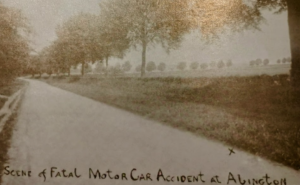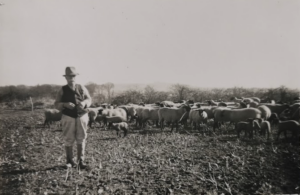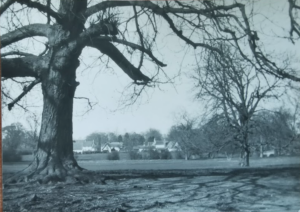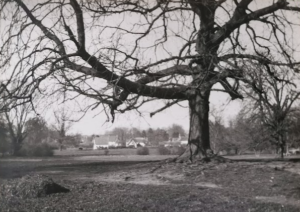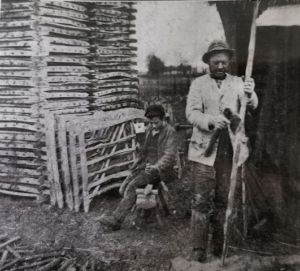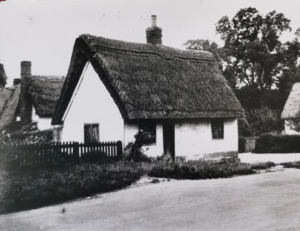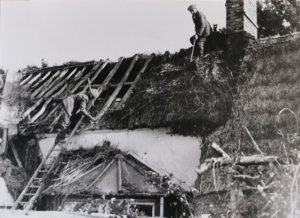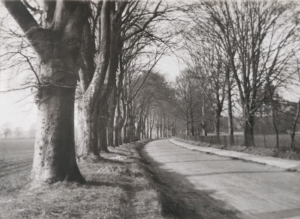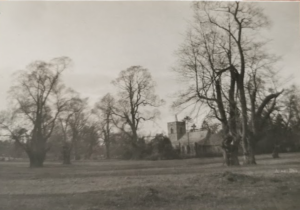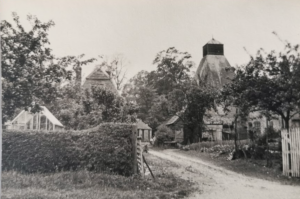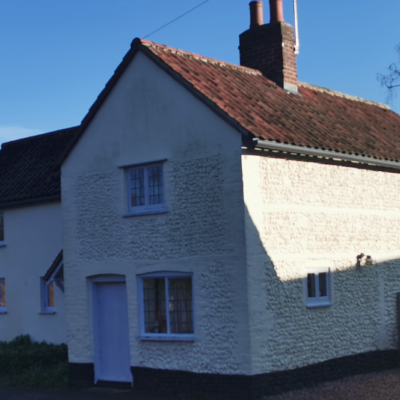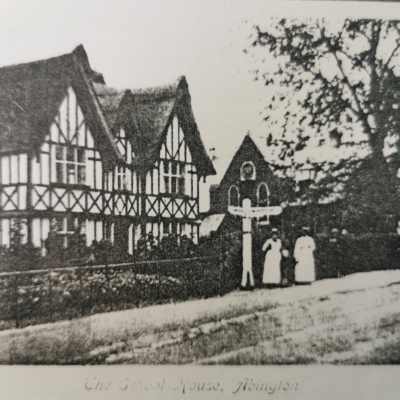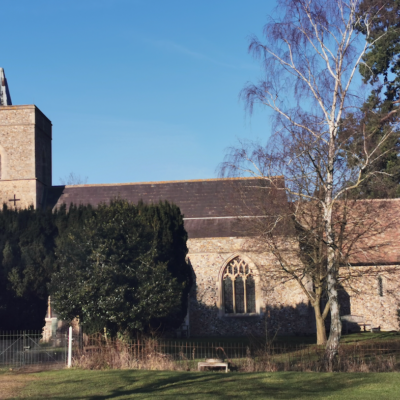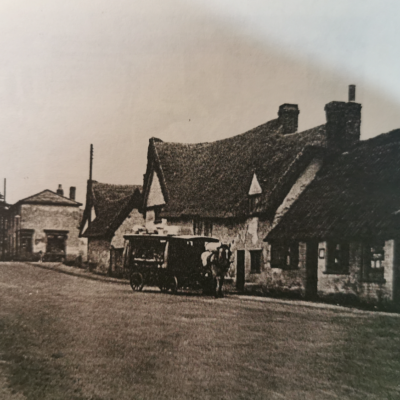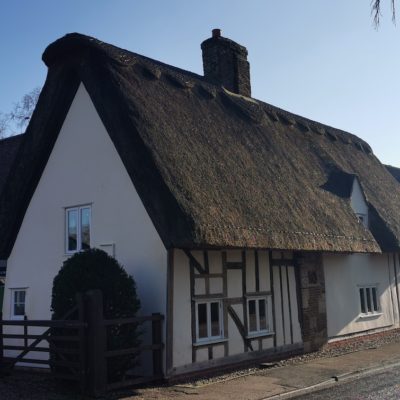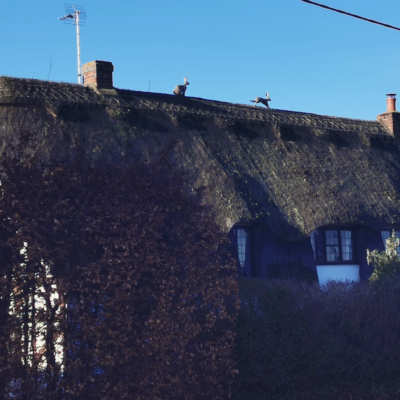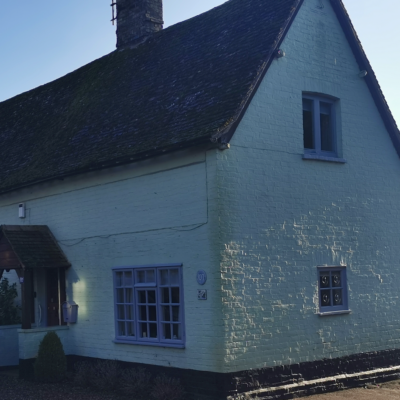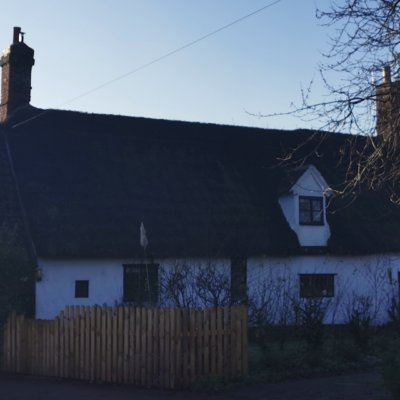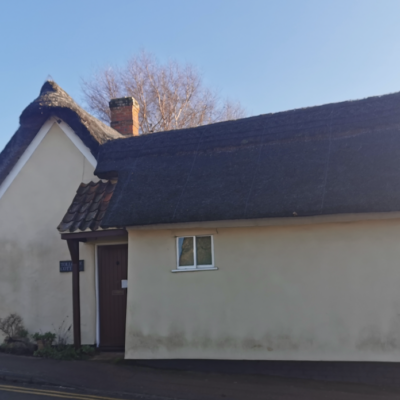Search by topic
- archaeology
- architecture
- bricklayer
- Building of Local Interest
- carpenter
- church
- crime
- dressmaker
- fire
- Great Eastern Railway
- listed building
- medieval
- oral history
- Public House
- Rattee & Kett
- Religious House
- Roman
- scholar
- school
- Then and Now
- tudor
- women
- work
- world war one
- world war two
Search by text
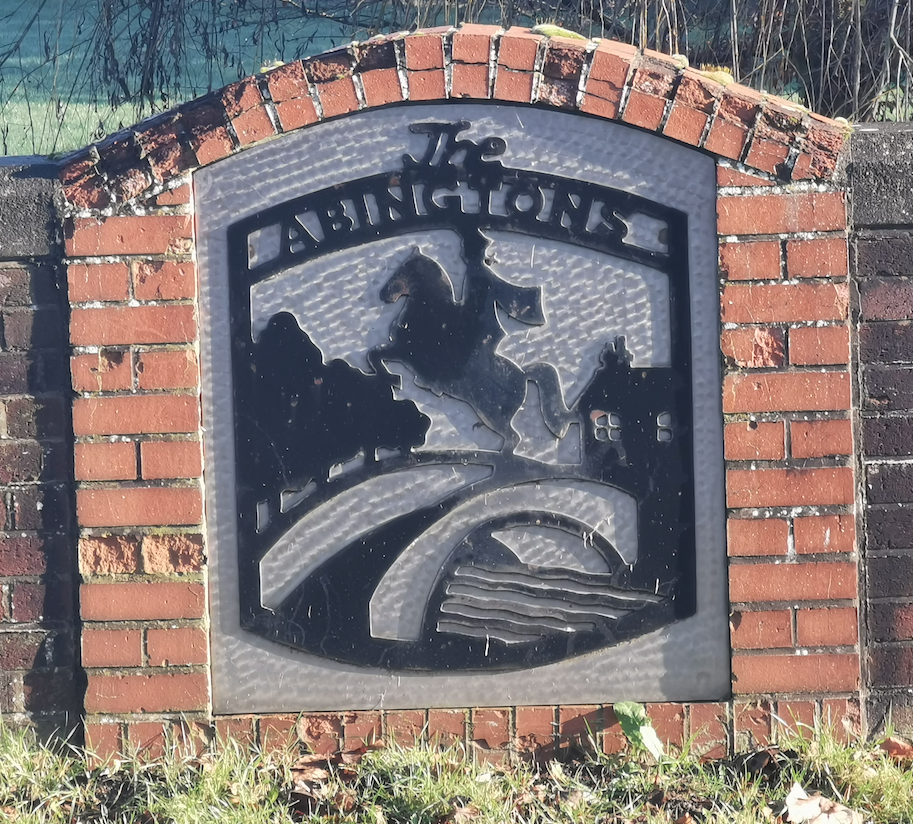 The Abington Village Sign
The Abington Village SignThe Abingtons Data
History of the Abingtons
Prehistory:
A pleiosaur bone was found on Ley Rectory Farm, Little Abington
A lacked neolithic flint axe found in the vicinity
A number of round barrows from the Bronze Age.
No clear evidence of settlement in the iron Age.
Roman:
Roman artefacts found near ‘Sunken Church Field’.
Possible Roman burial ground near a tumulus in Little Abington
Anglo-Saxon:
Brent Ditch south-west of Great Abington is one of five defensive dykes. the Brent Ditch runs for 1.5 miles from upland spar in Abington park to a springhead in Pampisford.
Domesday Book shows a prosperous agricultural community in the vicinity circa 1087.
(From Museum of Cambridge Exhibition Notes)
Camp Ball: (see E Porter, Cambridgeshire Customs and Folklore, p.230)
In Abington the name “Camping Close” recalls the contests of Camp Ball or Camping, a form of football, which used to be held there. Here is a description of the game as given by Major More in 1823:
“Goals were pitched 150 to 200 yards apart, formed of the thrown-off clothes of the competitors. each party has two goals, 10 to 15 yards apart. The parties, 10 to 15 a side, stand in a line facing their own goals and each other, at 10 yards distance … an indifferent spectator throws up the ball – the size of a cricket ball – midway between the confronted players, whose object is to seize and convey it between their own goals. At times a large football was used, and the game was then called “kicking camp”, and if played with shoes on was termed “savage camp.”
It is probable that Cambridgeshire Camping Matches were inter-village contests.”
Rent Day Customs: (see E Porter, Cambridgeshire Customs and Folklore, p.358)
Until the last century many landowners gave a dinner to their tenants on the annual Rent Day. In Little Abington, for example, rents were paid on September 25th at the Lodge up to 1pm. At six pm the RENT SUPPER was held in the Three Tuns. Each man received a briar pipe, two ounces of tobacco; his wife was given half a crown. After dinner there was singing until after midnight and the festivities always ended with the serving of rum punch.
Source: VCH p.12
1831
44 families depended on farming
7 on crafts and trades
1871
14 servants at Hall/Lodge
1873 250 out of 300 Great Abington people were of labouring class
1877 213 Little Abington people were of labouring class
1900 most trades disappeared.
This postcard probably refers to the accident in 1908 reported in the Herts and Cambs Reporter and Royston Crow 29.5.1908. The exact location is unknown but was probably the main Cambridge to Linton road:
MOTOR FATALITY AT ABINGTON. An inquest was held at Jilling’s Cottages. Pampisford, on Monday evening, by the county coroner (Mr. A. J. Lyon), on the body of Walter John Turner, aged 16, of Great Abington, who was killed by a motor car on Sunday evening. Mr. S. J. Miller appeared on behalf of Mr. Dubs, the owner of the car, and other undergraduates, and Supt. Stapleton, of Linton. appeared on behalf of the County Police. William Turner, shepherd, of Great Abington, identified the body as that of his son, whose sight and hearing were good. On Sunday he was in his usual good health. The Coroner expressed the greatest sympathy on behalf of himself and the jury to the bereaved father, in which Mr. Miller joined on behalf of the owner of the car, and its occupants. Alfred Taylor, farm labourer, of Great Abington, said that he was with the deceased at the time of the accident. They were walking towards Abington, and first saw the motor coming towards them when it was about 100 yards away. The deceased was walking behind witness. The car was not travelling very fast, and witness did not see it turn to the other side of the road to avoid them. The first he knew of anything , wrong was hearing the glass of the lamp rattle. He looked round and saw deceased lying on the grass on the left hand side of the road. Alfred Cutter, farm labourer, of Abington, one of the lads with the deceased, confirmed the previous witness’s evidence. Mr. Arthur Emilius David Anderson, undergraduate, of Trinity College, Alexander Fulton, of 12, Victoria Street, Cambridge, the chauffeur, and Dr. Charles Jeffery, of Linton, also gave evidence. The jury returned a verdict of accidental death and exonerated everyone from all blame.
In the 1891 census James Dickerson is 60, hurdlemaker and thatcher, b Little Abington living near the Vicarage.
Contribute
Do you have any information about the people or places in this article? If so, then please let us know using the Contact page or by emailing capturingcambridge@
License
This work is licensed under CC BY-NC-SA 4.0








